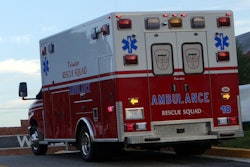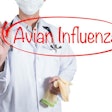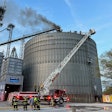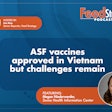
The Food and Drug Administration on June 19 began issuing draft guidance designed to help industry comply with the Intentional Adulteration (I.A.) Rule under the agency’s Food Safety Modernization Act.
The I.A. Rule addresses hazards that intentionally may be introduced to foods, including by acts of terrorism, with the intent to cause widespread harm to public health. The I.A. Rule requires the food industry to implement risk-reducing strategies for processes in food facilities that are significantly vulnerable to intentional adulteration. The first compliance date for the largest facilities is July 2019.
指导草案公布6月19日标志着冷杉t of three installments. It includes chapters on components of the food defense plan, how to conduct vulnerability assessments, how to identify and implement mitigation strategies, and food defense monitoring requirements. The guidance released June 19 may be foundhere.
The other guidance installments will come out later this year. The second installment will focus more specifically on vulnerability assessments and training requirements. The third installment will give details on corrective action, verification, reanalysis and recordkeeping requirements. The F.D.A. will hold a public meeting on the draft guidance when the second installment is released.
“This is new regulatory territory for both the F.D.A. and industry,” says Scott Gottlieb, M.D., commissioner of the F.D.A. “We’ve engaged directly with stakeholders while drafting this guidance to understand their perspectives and any concerns they have about complying with this rule. We’ve listened to their valuable feedback. Much of that feedback is reflected in the draft guidance we’re releasing today, as well as in the next two parts of the guidance.
“For example, we heard consistently from a variety of stakeholders that the rule needed to be practical and that facilities needed flexibility when conducting vulnerability assessments," Gottlieb continues. "The draft guidance reflects this approach. The new guidance illustrates different ways that each facility can meet the requirements of the rule, and the guidance provides a range of options for identifying and reducing vulnerabilities.”





















